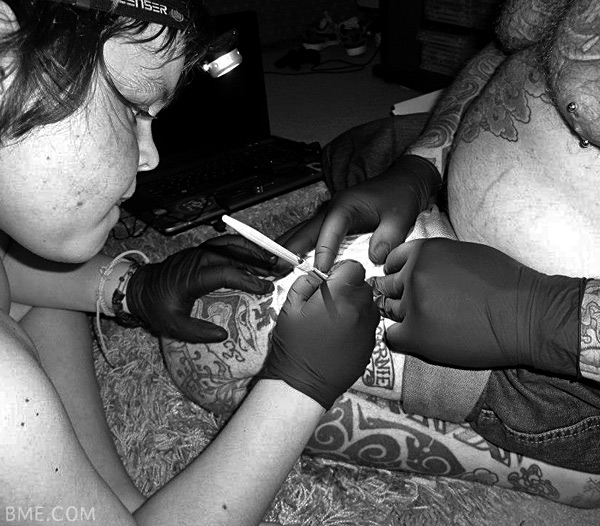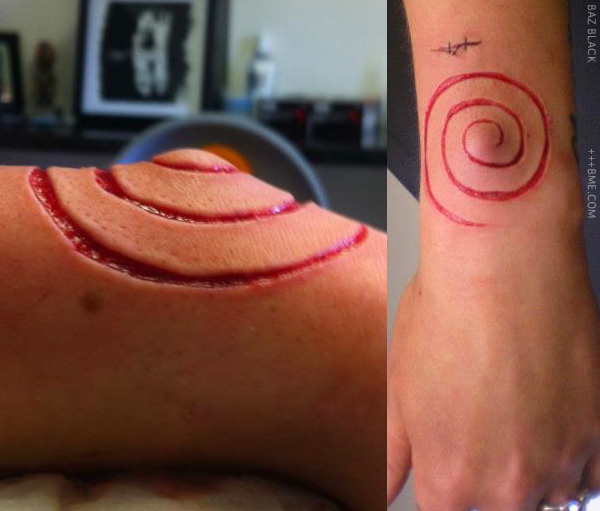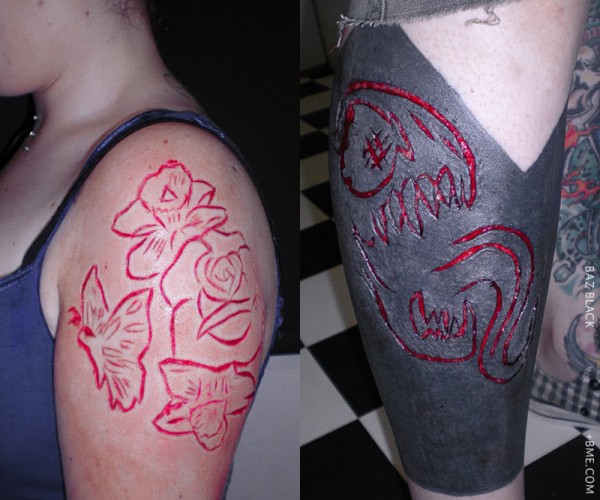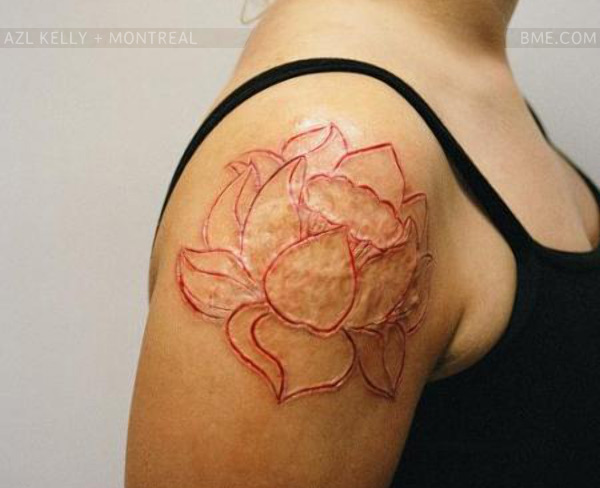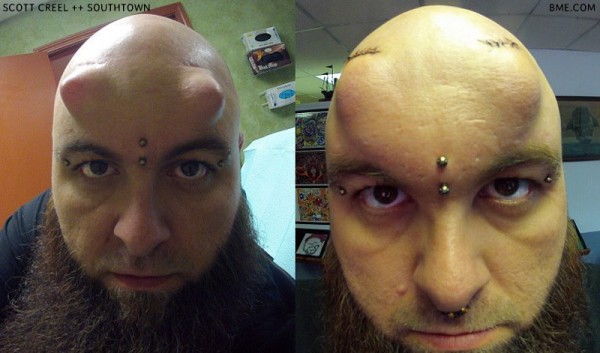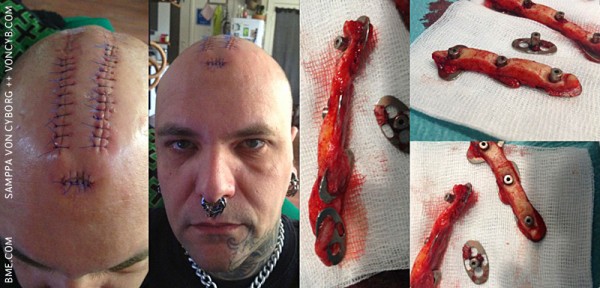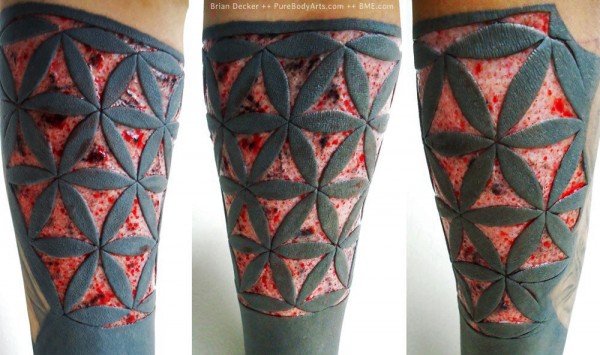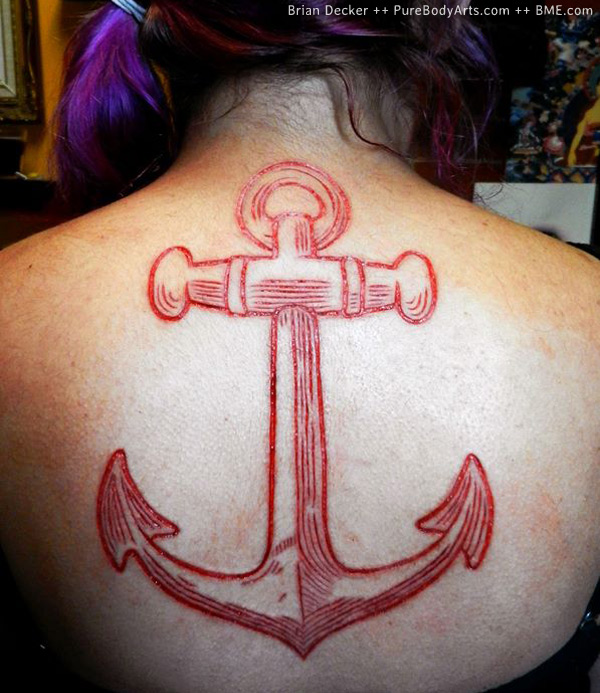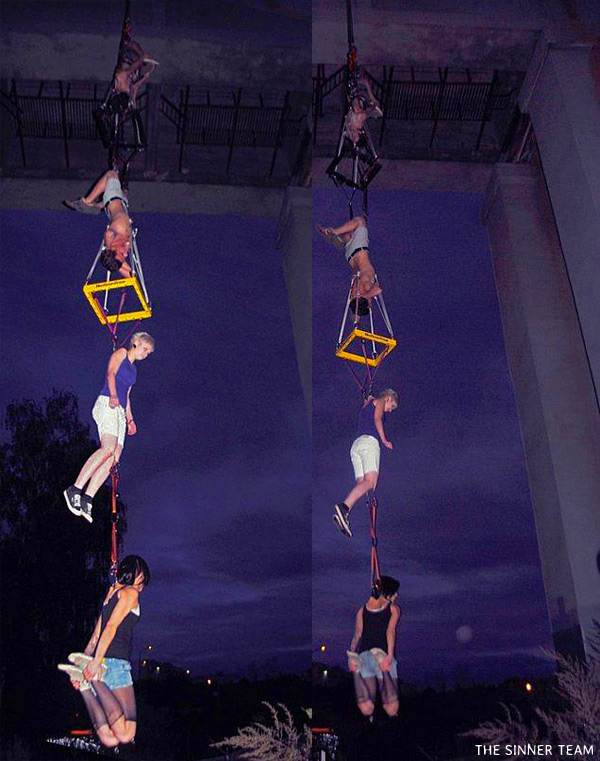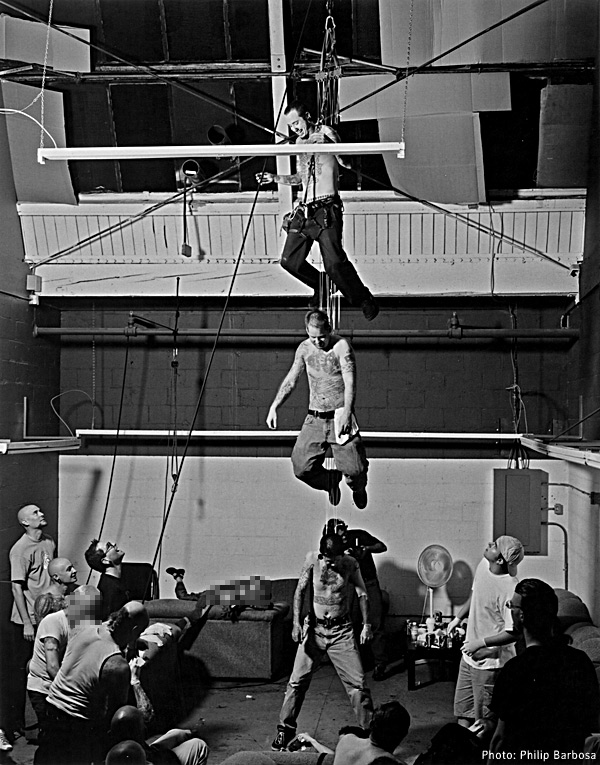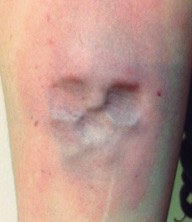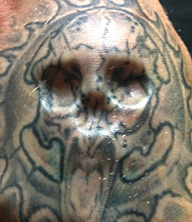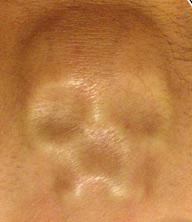There’s a fascinating article up right now by Matt McGrath, a science reporter for the BBC — Paralympic athletes who harm themselves to perform better — which discusses the effects of injury and pain on sports performance. Apparently this is especially relevant to paralympic athletes because some of the normal feedback systems that their body would have to increase blood pressure and heart rate while competing could be damaged. The practice of self-harm in sports even has a name, “boosting”, and it’s actually banned by by the International Paralympics Committee (IPC) — and has been since 1994, the year BME was founded. It is believed that perhaps a third of all para-athletes have self-harmed to boost performance.
“There have been times where I would specifically give my leg or my toe a couple of really good electric shocks” says Brad Zdanivsky, a 36-year-old Canadian quadriplegic climber who has experimented with boosting in the gym.
“That would make my blood pressure jump up and I could do more weights and cycle harder — it is effective.”
Other athletes overfill their bladder, sometimes by will, or by clamping off their catheter if they wear one. Others sit on a tack, or tightly strap their legs, or twist their scrotum or otherwise do the sort of things that would get you a free membership and jerk-off-fans in BME/HARD. Still others go as far as taking out a hammer and shattering their toe. This interesting because even though they may not be able to feel the broken toe consciously due to being paraplegic, their body still responds to the injury in ways that cause a performance increase — they are inducing what’s medically called “autonomic dysreflexia and can be quite dangerous.
“I took it a notch further by using an electrical stimulus on my leg, my toe and even my testicles.”
But boosting comes at a price.
“You are getting a blood pressure spike that could quite easily blow a vessel behind your eye or cause a stroke in your brain,” says Zdanivsky.
“It can actually stop your heart. It’s very unpleasant, but the results are hard to deny. The saying is that winners always want the ball, so it doesn’t matter if it’s unpleasant, it gets results.”
In addition to causing an increase in athletic performance, according to spinal injury researcher Dr. Andrei Krassioukov at UBC, the increase in blood pressure can also have a mood effect. He puts it simply, pointing out that people “feel better with their blood pressure higher”. I’m sure that this — in addition to the endorphin high — relates to the people who cut themselves ritually or therapeutically as featured in BME’s self-harm galleries and stories (whether you think this is illness or valid is a secondary issue — right now I’m only talking about the underlying medical mechanics). Unlike blood doping or steroids, it is virtually impossible to test for “boosting”, and just because it’s banned doesn’t mean it can be stopped.
Well, I know this was a little removed from body modification proper, but I hope that it still gives some interesting insights into overlapping issues.
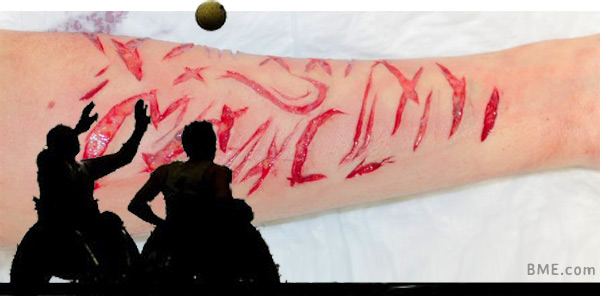
By the way, the background photo above that I’ve used to illustrate this entry is from an earlier ModBlog entry by Rob that’s a very fascinating story — apparently this client came in wanting to get a voluntary scarification that had the appearance of self-harm to avoid military service! Here’s the entry: Self Preservation or Self Harm? Another very interesting tale.

